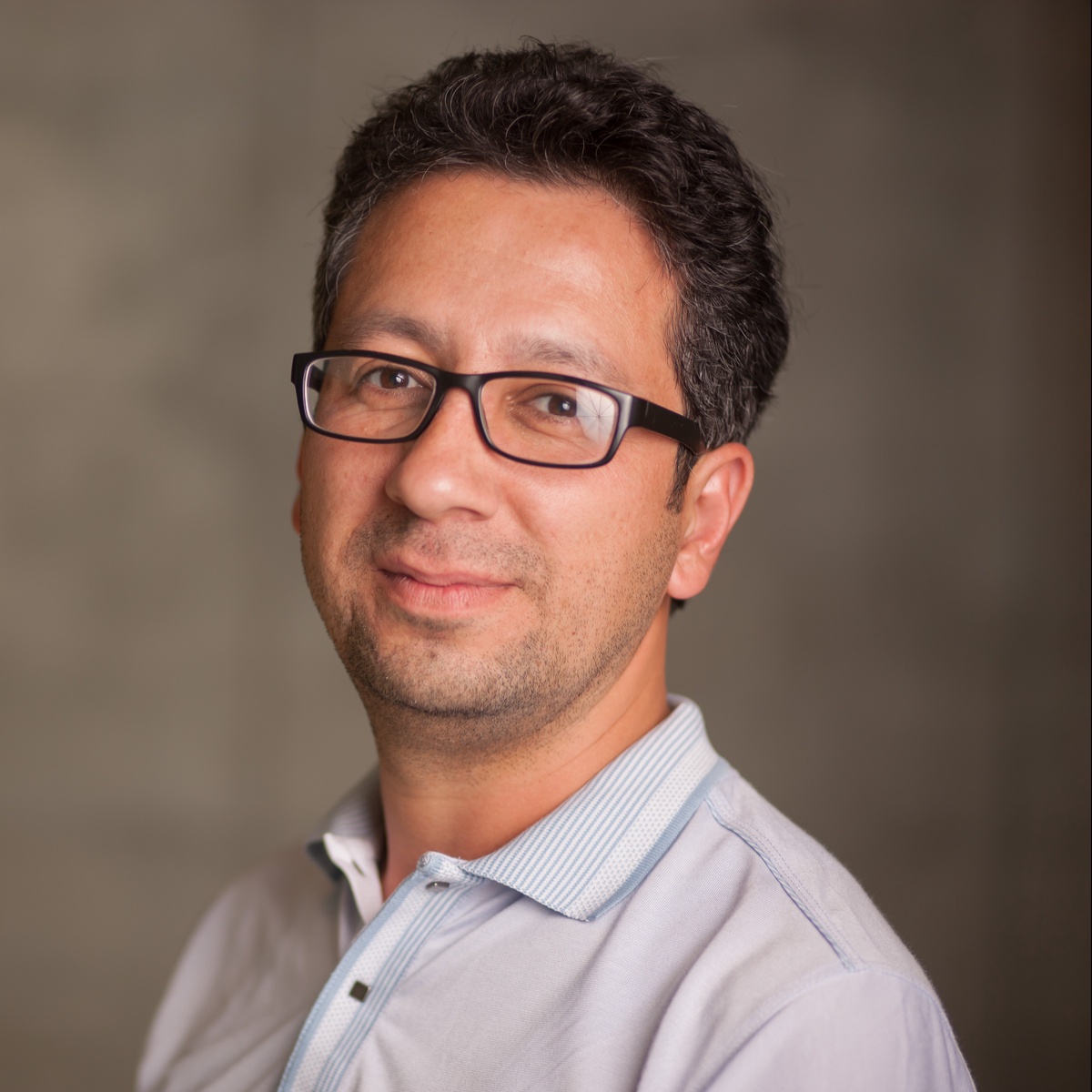Mamlakatimiz qadimiy va boy tarixga ega boʻlib, unda madaniy rivojlanishga doir umumtarixiy jarayon bilan birga, faqat yurtimiz oʻtmishiga xos xususiyatlar va qonuniyatlar oʻz aksini topgan. Yurtimiz hududida saqlanib qolgan qadimiy maskanlar tarixiy-madaniy izchillikni va anʼanaviylikni taʼminlovchi muhim omil boʻlib xizmat qilgan. Shu omil asosida keyinchalik bu hududda davriy jihatdan farqlanuvchi, ammo etnik va tarixiy-madaniy tarafdan mustahkam aloqada boʻlgan oʻziga xos taraqqiyot bosqichlari shakllandi hamda rivojlandi.
Mana, bir necha oʻn yillardan beri Oʻzbekistonning janubiy viloyatidagi antik davr yodgorliklari nafaqat yurtimiz olimlarining, balki chet ellik mutaxassislarning ham eʼtiborini jalb qilib keladi. Bu borada Sanʼatshunoslik instituti bilan Yaponiyaning Soka universiteti va Koʻhna Sharq muzeyi (Tokio) arxeologlari, Kashixara arxeologiya instituti (Yaponiya), Xalqaro Markaziy Osiyo tadqiqotlari instituti (Samarqand), Sharq xalqlari sanʼati muzeyi (Moskva), Sorbonna (Parij), Garvard (AQSH), Arxeologiya instituti (Moskva) koʻp yillik hamkorlik asosida ilmiy yangiliklarni qoʻlga kiritgan. Bu esa hozir tiklanishi zarur boʻlgan qadimgi sanʼatning texnologik uslubi va xususiyatlarini oʻrganishda muhim asos boʻlib xizmat qiladi.
Shuningdek, antik davr suyaktaroshlik sanʼatiga oid xomashyo va buyumlarning asosiy turlarini yasash texnologiyasini aniqlash arxeologik materiallarni mutlaqo yangi koʻrinishda talqin qilish imkonini beradi.
Hozir yurtimizda besh mingga yaqin arxeologik yodgorlik mavjud boʻlib, ularni zamonaviy geofizik, biologik, fizik-kimyoviy texnologiyalarni qoʻllagan holda tadqiq etish va arxeologik qazib olish ishlari asosan xorijiy ekspeditsiyalar mutaxassislari koʻmagida bajarilmoqda. Mamlakatimiz hududidagi qadimgi davrga oid arxeologik yodgorliklarning aksariyat qismi xom gʻisht va paxsadan qurilgan meʼmoriy inshootlar ekanini inobatga olsak, ularning paleolandshafti va planigrafisini aniqlashda mahalliy oʻziga xos geofizik uskunalar ishlab chiqish zarurati sezilmoqda. Jumladan, bu sohada milliy kadrlar tayyorlash, ularda amaliy koʻnikmalarni shakllantirish va malakasini oshirish talab etiladi.
Arxeologiya fanidagi ushbu boʻshliqni toʻldirish maqsadida Fanlar akademiyasi Sanʼatshunoslik instituti va Innovatsion rivojlanish vazirligi qoshidagi Ilgʻor texnologiyalar markazi mutaxassislari bilan birgalikda “Arxeologik yodgorliklarni tadqiq etishda innovatsion geofizik, biologik, fizik-kimyoviy texnologiyalarni qoʻllash” nomli uch yillik maqsadli amaliy loyiha ustida tadqiqot olib borilmoqda.
Dolzarbligi shundaki, yodgorliklarni anʼanaviy usullar bilan birga zamonaviy geofizik metodlarni qoʻllagan holda tadqiq etish mumkin. Oʻrganishlar yodgorlikning madaniy qatlamini geofizik tadqiq qilish, uning tarh tuzilishi va alohida arxeologik obyektlarni qazish joyini maqsadli tanlash uchun obyektni oʻrganish nuqtayi nazaridan katta maʼlumot beradi.
Bugun mamlakatimizda arxeologik yodgorliklarni oʻrganishda geofizikaning zararsiz usullaridan foydalanish boʻyicha tajriba juda kam. Loyiha doirasida Sanʼatshunoslik instituti arxeologlari, Ilgʻor texnologiyalar markazi geofiziklari Surxondaryo viloyati hududidagi Kushon davriga oid arxeologik yodgorliklarni oʻrganishni oʻz oldiga maqsad qilgan.
Ushbu hudud yurtimizning eng qadimiy va boy tarixga ega joylaridan. Viloyatdagi arxeologik yodgorliklarni innovatsion texnologiyalardan foydalangan holda kompleks tadqiq etish nafaqat boy tariximizni oʻrganishga, balki yoshlarni arxeologik qazilmalar bilan tanishtirish hamda ochilgan qadimiy meʼmorlik namunalarini ochiq osmon ostidagi turizm obyektiga aylantirishda muhim manba boʻlib xizmat qiladi. Loyihani amalga oshirish natijasida innovatsion geofizik, biologik, fizik-kimyoviy texnologiyalarni qoʻllagan holda, Surxondaryo viloyatidagi Kushon davri yodgorliklari — Dalvarzintepa, Qoratepa, Xayrobodtepa va Loylaganmozor qoʻrgʻon yodgorliklarining paleolandshafti va planigrafiyasi aniqlanadi. Bu esa, oʻz navbatida, Kushon davri shaharsozlik va moddiy-madaniy meros obyektlariga oid yangi maʼlumotlarni olishga imkon beradi.
Tadqiqotlar doirasida Xayrobodtepa va Q oratepa arxeologik yodgorliklarida GNSS (Sunʼiy yoʻldoshli global navigatsiya tizim)ni qabul qiluvchi uskuna yordamida obyektlarning geografik koordinatlarini aniqlash, ularni geofizik maʼlumotlarga bogʻlash va fotogrammetrik koʻrinishini yaratishga erishiladi. Ushbu ilmiy natijalar yurtimiz hududidagi boshqa — qadimgi davr arxeologik yodgorliklarini innovatsion geofizikaviy usullarni qoʻllagan holda tadqiq etishda qoʻl keladi. Bu, oʻz navbatida, turizm sohasini rivojlantirish, ichki va tashqi sayyohlar sonining ortishiga, soha boʻyicha milliy kadrlarni tayyorlash va ularning malakasini oshirishga xizmat qiladi.
